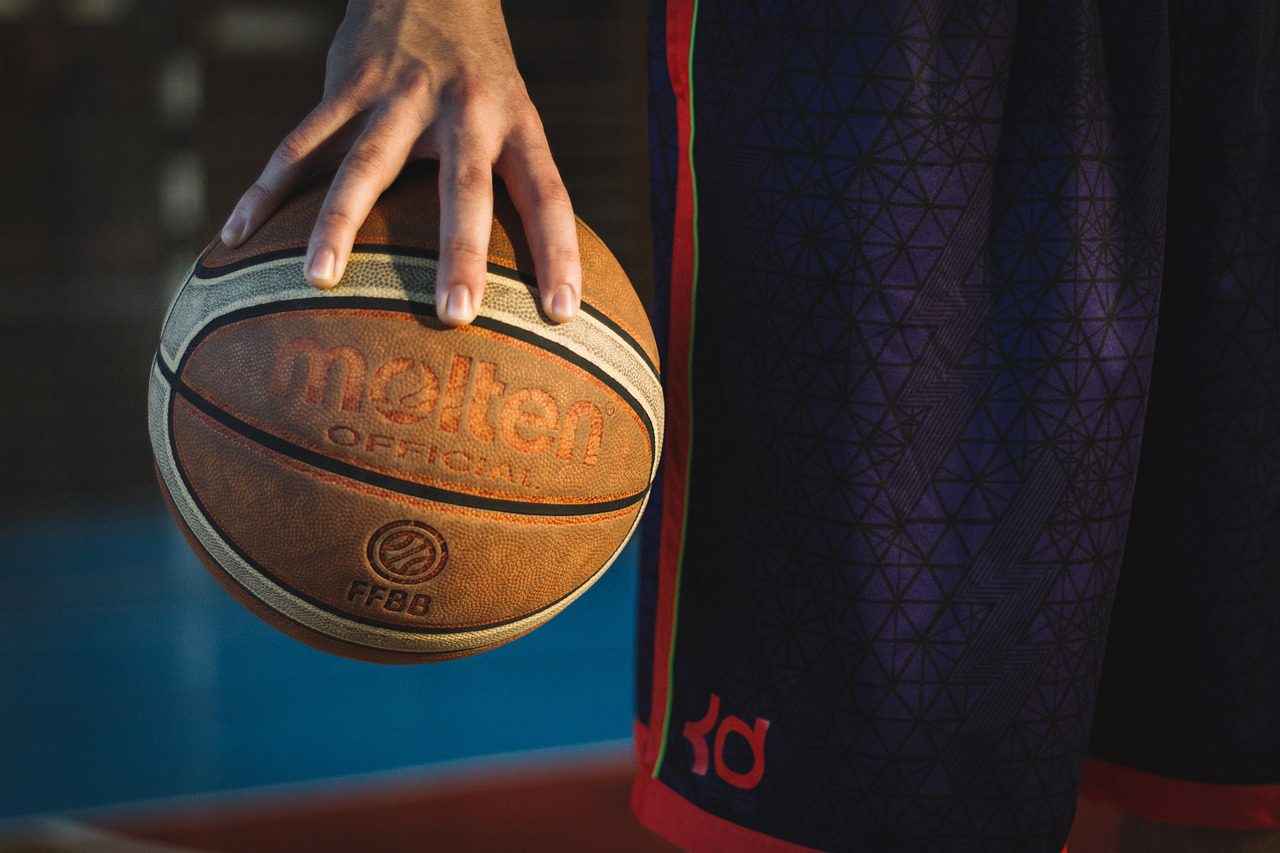
When I was a player, I loved to rebound. While it does not get the glory of dropping 20 points in a game, it has a tremendous impact overall. Basketball is a game that boils down to possessions. The more possessions that a team has, the more opportunities they have to score. A defensive rebound ends the opponent’s possession without a score. The failure to rebound provides additional chances for the opposing team and has the effect of driving a coach crazy.
Players are going to have good shooting nights and lousy shooting nights ((The Triple Team: Utah Jazz win 10th straight thanks …. https://www.sltrib.com/sports/2020/01/15/jazz-nets-analysis-by/)). What I like about rebounding is that it can be done consistently from game to game. Contrary to popular belief, you do not have to be tall or jump high to obtain rebounds ((North Royalton & Brunswick Orthodontist | Orthodontic Fact …. https://drpapandreas.com/orthodontic-fact-4-contrary-popular-belief-not-lose-teeth-get-braces-fact-treatments-can-start-young-age-7/)). It is about proper positioning, good technique, desire to do it consistently, and intense effort toward the ball. I would like to share the approach that I used while I played and what I taught to my children.
The 7 Fundamentals of Rebounding
1. Recognize the Shot
Rebounding starts when the other team shoots the basketball. Most defensive players are taught to see the ball and their man at the same time. Because of this, a player should know when a shot is taken. Many coaches instruct their players to yell “Shot” when the player they are guarding shoots as a way of helping their teammates rebound.
2. Forget the Ball — Find Your Player
Once a player recognizes that the shot is taken, I am a proponent of forgetting about the ball and turning to find where the player that you are defending is located. This is a challenging thing to teach young players as their usual reaction is to follow the ball. I feel it is more important to turn and find your player first.
3. Move Toward Your Player and Engage First with Your Hand
Okay, you have found your player. The next step is to move aggressively toward your player and engage them by placing a hand on their hip before turning to screen them out ((QUOTES BY JOHN B. QUIGLEY | A-Z Quotes. https://www.azquotes.com/author/94589-John_B_Quigley)). You must remember that the player you are defending would also like to get the rebound. They will be moving quickly. I always engage them with my hand so that I can feel which direction they will be moving before I turn my back toward them.
4. Turn and Box Out
Now it is time to turn your body to the hoop maintaining contact with your player. You then want to drive them away from the basket while keeping one hand high in the air and the other remaining on the person you are boxing out. It is vital to move your feet without bringing them together as your opponent attempts to move left or right.
5. Find the Ball
You have turned and boxed your player out. You now have to locate the ball in the air. As a young player gets more reps, they will able to gauge where they feel the ball will bounce off of the backboard or rim. In The Last Dance, there is an excellent interview where Dennis Rodman describes what he is thinking about while he rebounds. I recommend checking it out.
6. Aggressively Seek the Ball Out and Grab It with Both Hands
This point seems silly to say, but I see plenty of players get a good box out, but then they do not go after the ball. When you have secured your box out and located the ball, the player needs to go after it with a vengeance.
7. Chin It and Pivot Away from Pressure
Guards love to come in after a rebound to either tie up or steal the ball. This is why a player needs to “Chin” the ball. This means that they hold the ball with two hands under their chin with elbows extended out horizontally. I then recommend pivoting aggressively away from pressure. Many times I would do a one or two “clear” dribble away from trouble or, even better, lead the break by pushing the ball up the floor.
Conclusion
I thought that I would include a HUDL clip from one of my daughter’s games showing the proper technique. I hope that this example brings everything together for this post. She is number 25 and will be located on the right side of the picture. You may have to watch it a few times to catch the technique.
I hope you enjoyed this article. Please subscribe to Youth Basketball Parent to get notified of new posts and special events.
